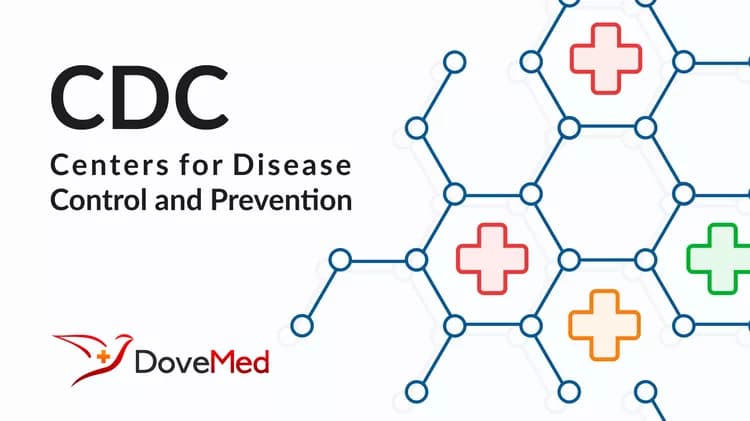
Almost Half of Americans Use at Least One Prescription Drug Annual Report on Nation’s Health Shows
Almost Half of Americans Use at Least One Prescription Drug Annual Report on Nation’s Health Shows
The Nation’s medicine cabinets are more crowded than ever, with almost half of all people taking at least one prescription medicine and one in six taking three or more medications, according to the U.S. Department of Health and Human Services’ annual check-up on Americans’ health.
“Americans are taking medicines that lower cholesterol and reduce the threat of heart disease, that help lift people out of debilitating depressions, and that keep diabetes in check,” said HHS Secretary Tommy G. Thompson.
The report, Health, United States 2004 presents the latest health data collected by the Centers for Disease Control and Prevention’s (CDC) National Center for Health Statistics and dozens of other federal health agencies, academic and professional health associations, and international health organizations.
The latest report shows continued improvements in Americans’ health, with life expectancy at birth up to 77.3 years in 2002, a record, and deaths from heart disease, cancer and stroke – the nation’s three leading killers – all down 1 percent to 3 percent.
Prescription drug use is rising among people of all ages, and use increases with age. Five out of six persons 65 and older are taking at least one medication and almost half the elderly take three or more.
Adult use of antidepressants almost tripled between 1988-1994 and 1999-2000. Ten percent of women 18 and older and 4 percent of men now take antidepressants. Prescriptions for nonsteroidal anti-inflammatory drugs, antidepressants, blood glucose/sugar regulators and cholesterol-lowering statin drugs, in particular, increased notably between 1996 and 2002.
The National Health and Nutrition Examination Survey found a 13 percent increase between 1988-1994 and 1999-2000 in the proportion of Americans taking at least one drug and a 40 percent jump in the proportion taking three or more medicines. Forty-four percent reported taking at least one drug in the past month and 17 percent were taking three or more in the 2000 survey.
The annual report to Congress showed that health expenditures climbed 9.3 percent in 2002 to $1.6 trillion. Although prescription drugs comprise only one-tenth of the total medical bill, they remain the fastest growing expenditure. The price of drugs rose 5 percent, but wider use of medicines pushed total expenditures up 15.3 percent in 2002. Drug expenditures have risen at least 15 percent every year since 1998.
Medicare, the federal health insurance program for the nation’s seniors and disabled residents, will begin routinely paying for prescription drugs in January 2006. After a $250 deductible, Medicare will cover three-quarters of drug costs up to $2,250 a year.
The United States spent 14.9 percent of its gross domestic product (GDP) on health care in 2002, up from 14.1 in 2001. Only two other countries, Switzerland and Germany, spent as much as 11 percent of their GDP in 2001, the latest year that international statistics were available. Canada was fourth at 9.7 percent of GDP.
Among the report’s findings:
Three times as many white adults as black or Mexican adults took antidepressants;
Boys were prescribed drugs to treat attention deficit hyperactivity disorder (ADHD) twice as often as girls, but antidepressants were prescribed to boys and girls at the same rates;
Private health insurance covered almost half of prescription drug costs in 2002, up from a quarter in 1990. People paid 30 percent out of their own pockets.
Health, United States includes a chart book of selected health measures and 153 trend tables with current and historical information on health status, health care utilization, resources and expenditures. The data are presented by age, sex, race and ethnic background, and some measures are also shown by state.
The report also found that life expectancy at birth rose to 74.5 years for men and 79.9 years for women in 2002. For those turning 65, life expectancy is age 81.6 for men and 84.5 for women.
Other noteworthy findings:
Racial and ethnic disparities in mortality persist, but the gaps in life expectancy between the sexes and between the black and white population are narrowing;
Deaths from on-the-job injuries fell 23 percent between 1992 and 2002 to 4 deaths per 100,000 workers.
Injuries accounted for 36 percent of visits to emergency departments in 2001-2002.
The full Health, United States report is available on the CDC Website at http://www.cdc.gov/nchs.
Related Articles
Test Your Knowledge
Asked by users
Related Centers
Related Specialties
Related Physicians
Related Procedures
Related Resources
Join DoveHubs
and connect with fellow professionals

0 Comments
Please log in to post a comment.